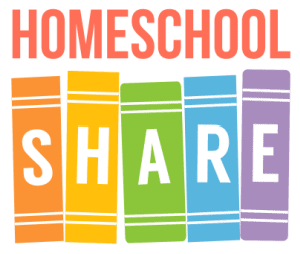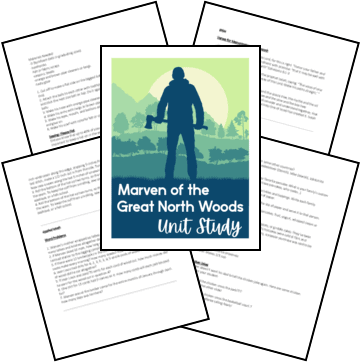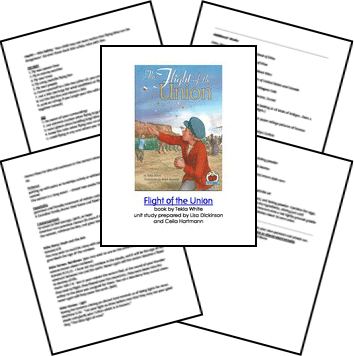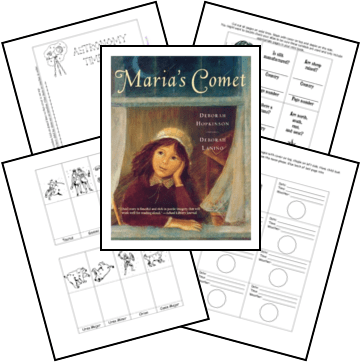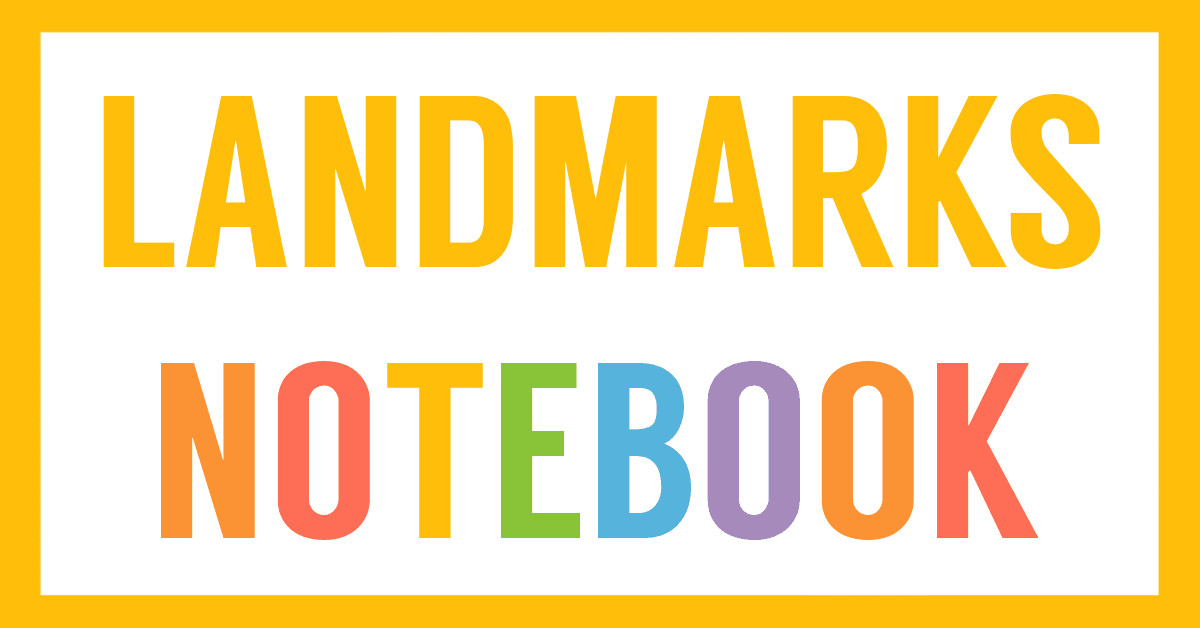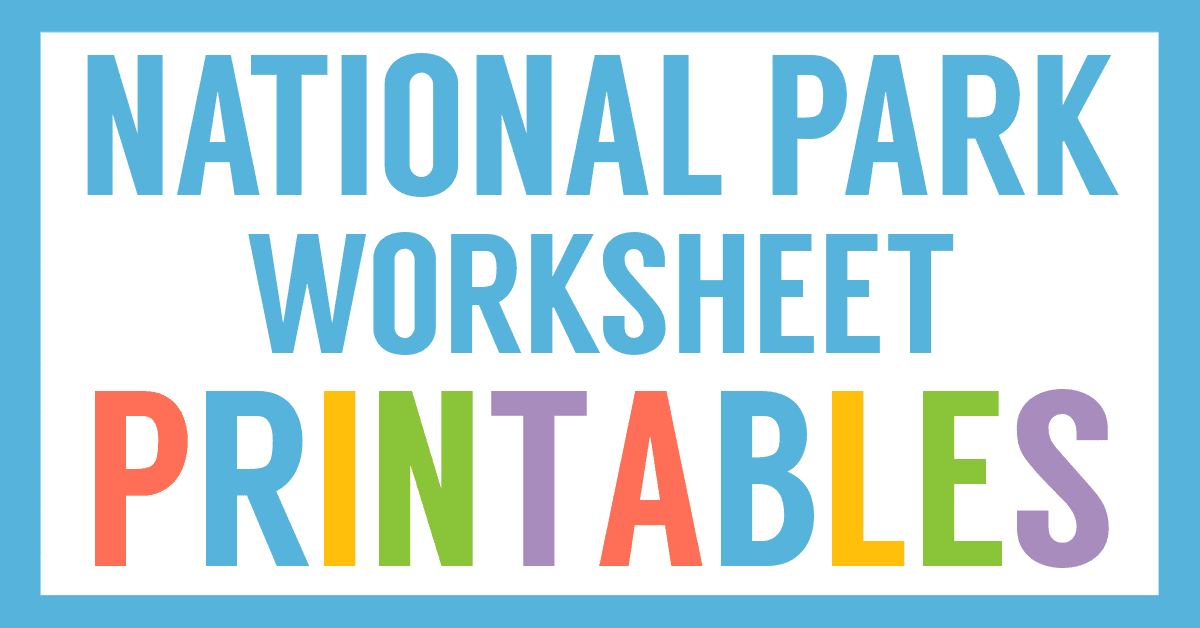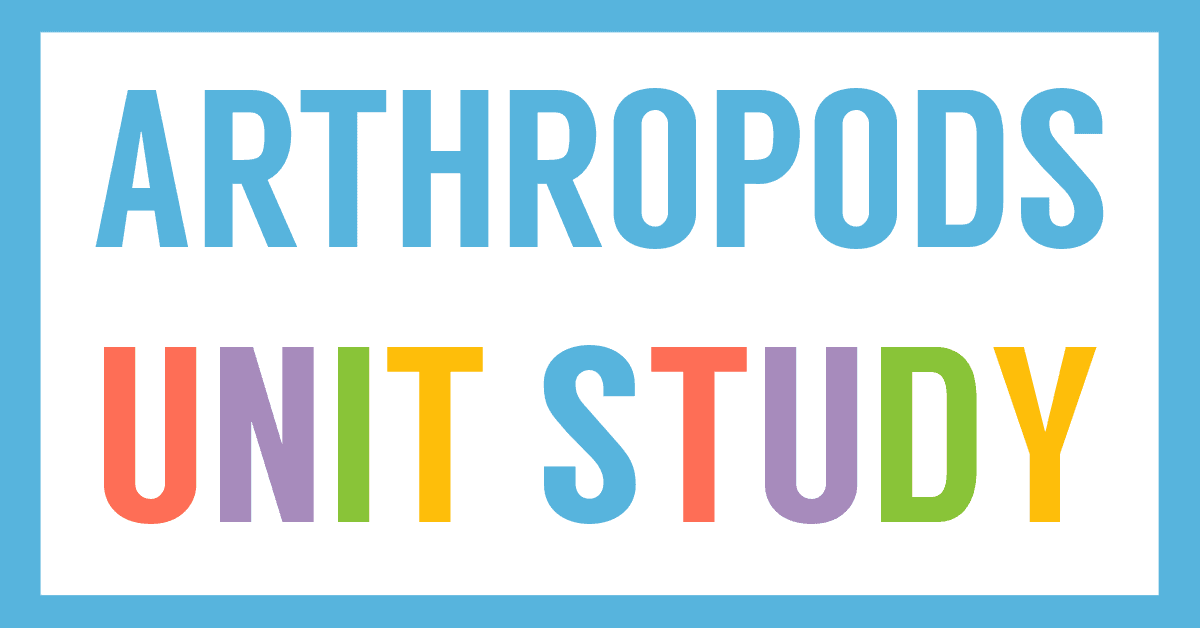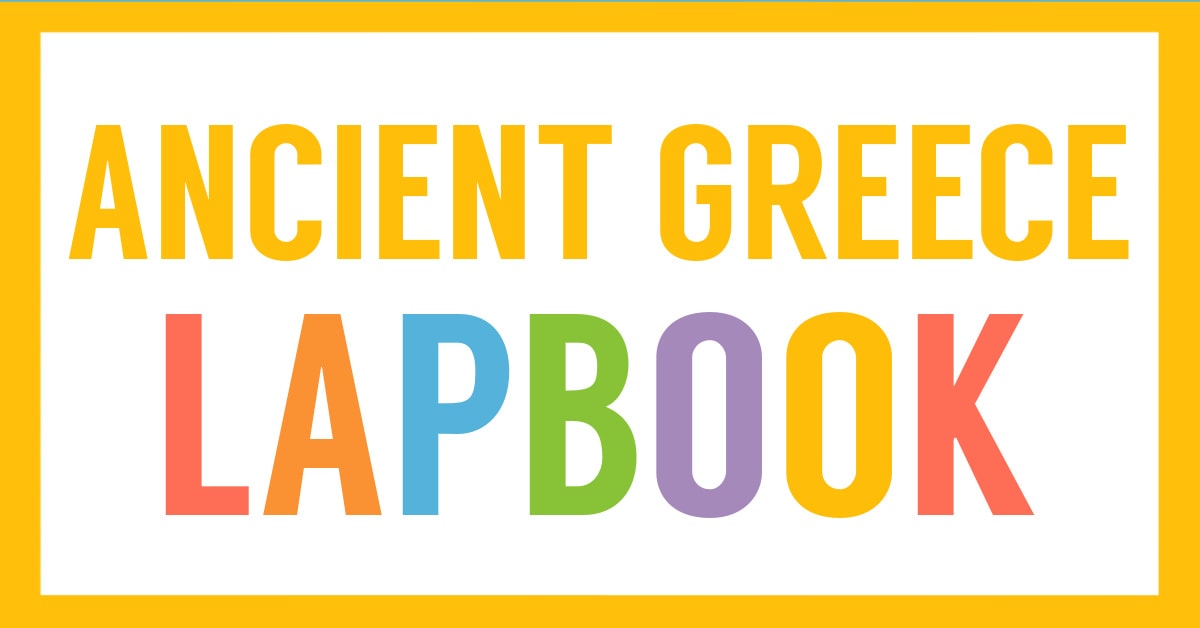Affiliate Disclaimer
We sometimes use affiliate links in our content. This won’t cost you anything, but it helps us to keep the site running. Thanks for your support.
This unit study includes lessons and activities based on the book Marven of the Great North Woods by Kathryn Lasky.
When the influenza epidemic strikes Duluth, Minnesota, in 1918, Marven’s parents send their son far away from the danger of the disease. But a logging camp in the great north woods?
A true story of a small Jewish boy and a bearish French-Canadian lumberjack and how they became friends under the most unusual circumstances.
This great story is crammed full of learning opportunities: immigration, life in 1918, Minnesota, Jewish culture, lumbering, Paul Bunyan, French, similes, and more! Grab a copy of the Marven of the Great North Woods unit study and get started.
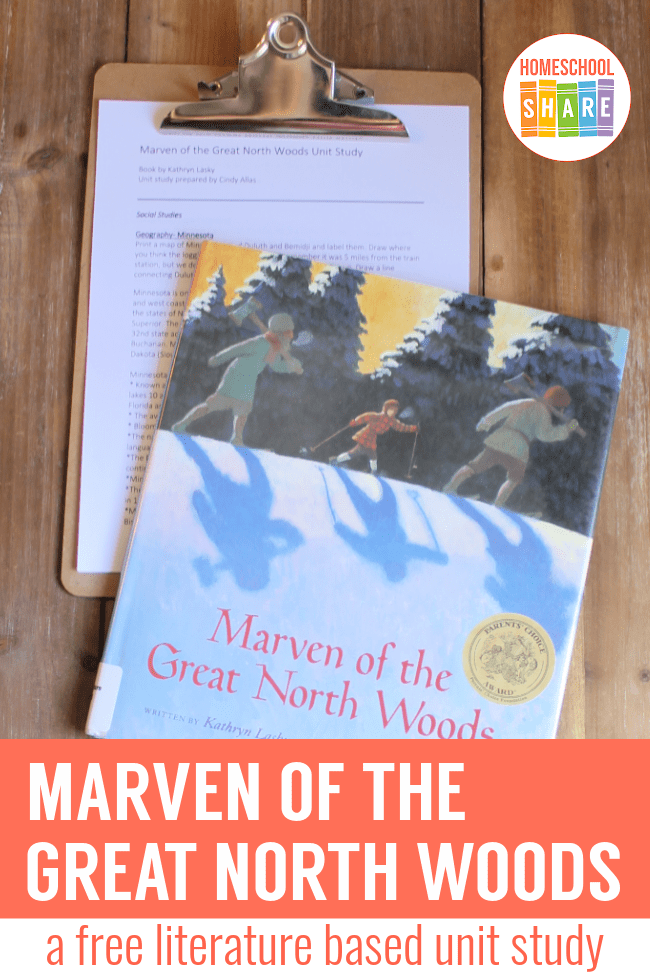
Thanks to Cindy Allas for preparing this Marven of the Great North Woods unit study.
Marven of the Great North Woods Unit Study Lessons
Here is a sample of the lessons found in this Marven of the Great North Woods unit study:
Geography- Minnesota
Print a map of Minnesota. Find Duluth and Bemidji and label them. Draw where you think the logging camp was and label. Remember it was 5 miles from the train station, but we don’t know what direction so choose your own. Draw a line connecting Duluth to Bemidji to the logging camp. Minnesota is on the upper border of the United States midway between the east and west coasts. Over its northern border is the country of Canada. It also borders the states of North Dakota, South Dakota, Wisconsin, and Iowa, and Lake Superior. The source of the Mississippi River is Lake Itasca in Minnesota. It was the 32nd state admitted into the Union on May 11, 1858 by President James Buchanan. Minnesota was originally the home of the Ojibway (Chippewa) and Dakota (Sioux) Native American tribes.
Minnesota Fun Facts
- Known as the “Land of 10,000 Lakes”, Minnesota actually has more than 11,000 lakes 10 acres or bigger. It has 90,000 miles of shoreline, more than California, Florida and Hawaii combined.
- The average snowfall in a Minnesota winter is 58.9 inches.
- Bloomington, MN has the largest shopping mall in America.
- The name ‘Minnesota’ means cloudy or sky-tinted water from the Dakota language.
- The Northwest Angle at the top of the state is the northernmost point in the continental (excludes Alaska and Hawaii) United States.
- Minnesota is one of the leading producers of milk in the country.
- The first successful open-heart surgery took place at the University of Minnesota in 1952.
- Minnesota inventions include: Masking and Scotch tape, Wheaties cereal, Bisquick, HMOs, the Bundt pan, Aveda beauty products, and Green Giant vegetables
Life in 1918
Did your student notice anything in this story that points to a different time period than the one he currently lives in?
There are some things in the book that may not be familiar to children of the 21st century– knickers, glue pot, inkwell, fountain pen, the ragman, kerosene lamps, the milkman, blotter strips, etc. Does your student know what those things are? Interview a grandparent or another older adult. Ask them what some of these were and if they ever used them. Ask them to tell you any stories of life when they were your age. If you don’t have an older person to ask, help your student research these things to find out what they are.
World War I had been raging for four years by the time 1918 rolled around. Men from all over the United States were required to register for the draft. Once they were drafted, they had to move to military camps across the U.S. Unfortunately, the camps were breeding grounds for disease and soldiers were the first victims of the influenza pandemic. As the disease spread, hospitals were overloaded with influenza patients.
Despite the problems in the country and around the world, entertainment was gaining popularity. Americans had more money and leisure time than ever before. Places such as skating rinks, movies, dance halls, and amusement parks were well visited.
You can access a copy of the entire Marven of the Great North Woods unit study in an easy-to-print file at the end of this post.
How to Get Started with the Marven of the Great North Woods Unit Study
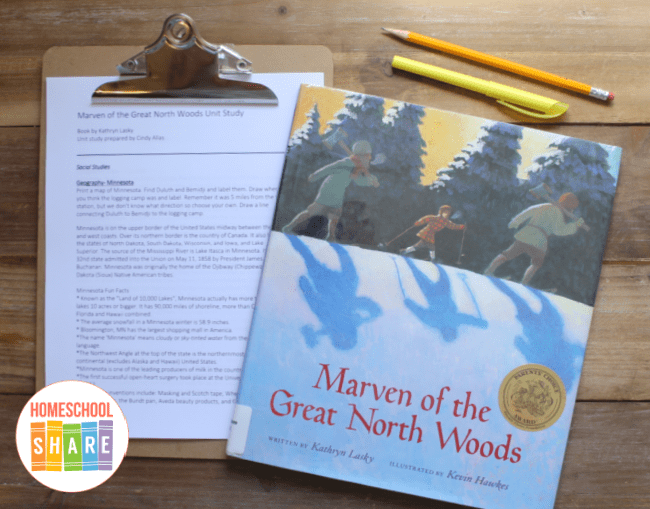
Follow these simple instructions to get started with the Marven of the Great North Woods unit study:
- Buy a copy of the book, Marven of the Great North Woods, or grab one from your local library.
- Print the Marven of the Great North Woods unit study.
- Choose the lessons you want to use with your student (a highlighter works great for this).
- Enjoy a week of literature-based learning with your student.
Download Your Free Marven of the Great North Woods Unit Study
Simply click on the image below to grab the free Marven of the Great North Woods unit study.
More Literature Based Unit Studies to Explore
If your student enjoyed Marven of the Great North Woods, check out these:
